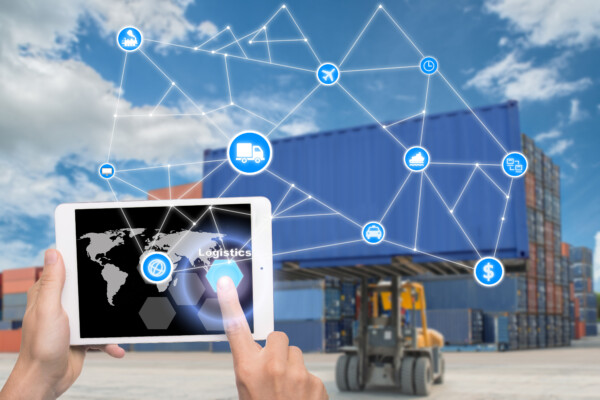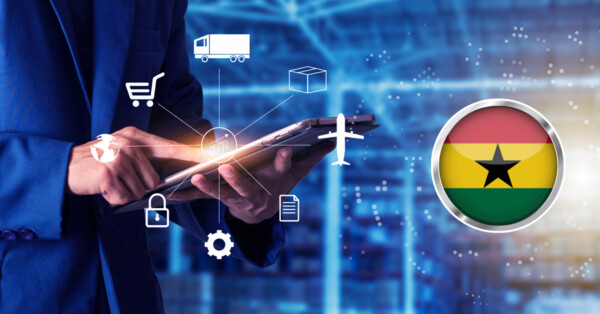
Why tech is fundamental to the future of customs
It almost goes without saying that trade is a key ingredient in boosting economic performance, and that customs services are a critical component of a nation’s trading profile.
But what isn’t said quite as often, nor as loudly, is the extent to which information and communications technology (ICT) is no longer just an enabler of trade. I believe it is fundamental to the future of customs.
For example, paperless trading, registration of information online, and e-certification could significantly accelerate clearance at the border, thanks to:
- improved workflow,
- greater efficiency and less human error,
- more standardised procedures,
- quicker on-boarding of new staff, and
- more accurate data.
Countries that have digitised their customs procedures offer evidence of greater transparency and improved efficiency in daily trading processes.
Many, like Colombia, the Philippines, Albania, Singapore, and Sweden have adopted the ‘single window platform’, defined by the United Nations Centre for Trade Facilitation and Electronic Business as:
“…a platform that lets trade stakeholders submit documentation and other relevant information through a single point of entry, in a standardised way to let them complete export, import, and transit procedures.”
This is a worthwhile endeavour, but it’s important to remember that what happens in the background of the single window must also be automated.
For instance, automation can help with valuation and classification, by reading the barcode of a product while being connected to a real-time, constantly updated database. This could reduce the amount of time customs officers spend on these tasks.
In addition, increased trade digitisation, which reduces human interactions at customs, creates fewer opportunities for bribery and fraud.
After all, why do bribes between officers and importers even occur? Often, it’s because officials want to save time, conduct operations more easily, and possibly even ending their day early. For some, making a little extra on the side might even seem reasonable. On the importers’ side, bribery often makes it possible to cut corners; to satisfy customers by getting their goods out faster or more easily.
Computerised solutions for processing customs documents, and the general automation of customs clearance, leave little to the discretion of individual customs officials and reduce opportunities for corruption.
What remains is for more countries to accept that technology is a key strategic business issue and accordingly, to implement strategies and plans that incorporate ICT.
Businesses can be reassured by trading with a country whose government has digitised customs procedures, because this means that a government is committed to speeding up the time products stay in customs, increasing efficiencies and reducing corruption.
As such, ICT will become a way to reap benefits that impact positively on the effectiveness of all customs operations, and hence the improvement of national finances.
But ICT applications and wider systems cannot exist in a vacuum. There are major issues of political will, leadership, legal context, resources and policy that must be considered.





